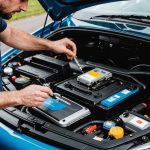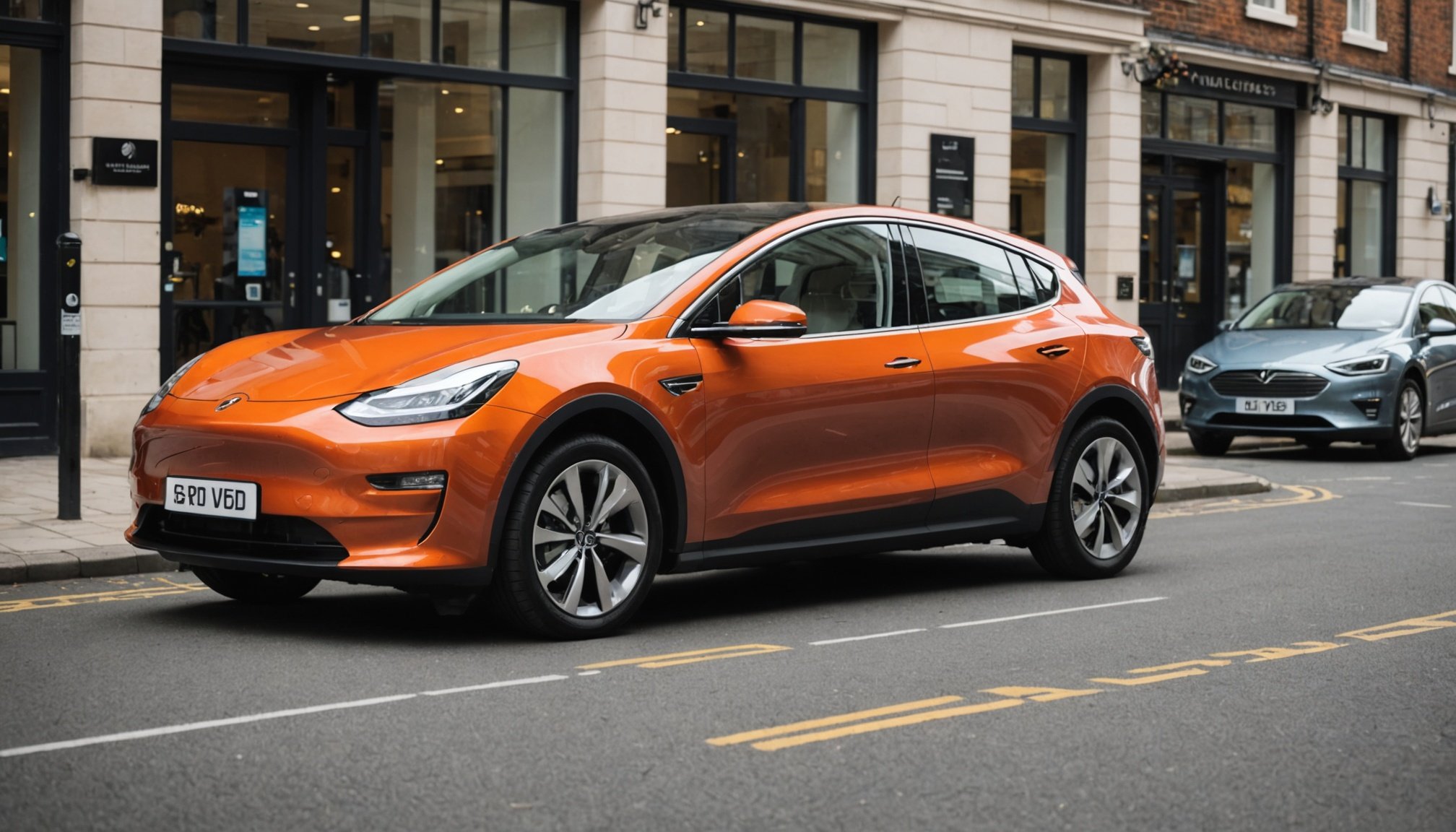As we hurtle towards a more sustainable future, the UK government has rolled out a variety of incentives to encourage the purchase of electric vehicles (EVs). These schemes are designed to make EVs more affordable and accessible, allowing more of you to transition to eco-friendly transportation. In this guide, we will navigate through the myriad of incentives available, explore their benefits, and shed light on eligibility criteria. Whether you are considering an electric car for economic or environmental reasons, this comprehensive overview aims to assist you in making an informed decision.
Understanding the Electric Vehicle Grant
The cornerstone of the UK government’s incentive scheme is the Plug-in Car Grant (PiCG). This grant is pivotal in making electric vehicles more affordable to the public. By offering a discount on the purchase price, it directly reduces the upfront costs that can deter potential buyers.
Also read : What are the considerations for importing a vehicle into the UK from abroad?
The grant is applicable to a wide range of vehicles, including electric cars, vans, and motorcycles. However, it’s important to note that not all EVs are eligible. To qualify, the vehicle must meet certain CO2 emissions and travel range criteria. As of 2024, the maximum grant available for an eligible car can be up to £3,000, but this figure may vary depending on the vehicle category.
Benefits of the Plug-in Car Grant
- Financial Relief: By reducing the initial cost, the grant lowers the barrier for entry, enabling more people to consider electric cars as a viable option.
- Encouraging Adoption: The grant incentivizes manufacturers to produce more EVs, boosting the market’s supply and innovation.
- Environmental Impact: By increasing the number of EVs on the road, the grant helps reduce overall vehicle emissions, contributing to a cleaner and healthier environment.
Before you rush to apply, ensure your chosen EV falls under the eligible criteria outlined by the government, as this will affect the grant you receive.
Also to read : What can UK drivers do to improve fuel efficiency in their existing vehicles?
Charging Infrastructure and Government Support
Transitioning to an electric vehicle extends beyond just purchasing the car; it encompasses finding convenient ways to charge it. The UK government has recognized this need and introduced several schemes to bolster the charging infrastructure across the country.
One prominent initiative is the Electric Vehicle Homecharge Scheme (EVHS), which provides a grant towards the cost of installing a home charging point. This scheme allows you to receive up to 75% off the total installation cost, capped at £350. To be eligible, the household must have off-street parking, and the charger must be installed by an approved installer.
Public Charging Incentives
- Workplace Charging Scheme (WCS): This scheme supports businesses, charities, and public sector organizations by providing financial assistance to install charging stations at their premises. Encouraging workplace charging can alleviate range anxiety and boost EV adoption.
- Rapid Charging Fund: Aimed at enhancing the public charging network, this fund supports the installation of rapid chargers at strategic locations, ensuring long-distance travel is feasible in an EV.
The combined effect of these schemes ensures that charging an EV is as convenient as filling up on petrol, making it a realistic choice for everyday commuters.
Tax Incentives to Sweeten the Deal
Taxation plays a significant role in shaping consumer behavior, and the UK government has implemented several tax incentives to make electric vehicles more appealing. These benefits are designed to reduce the overall cost of ownership, providing further financial relief.
Key Tax Incentives
- Vehicle Excise Duty (VED): Electric vehicles are exempt from VED, commonly known as road tax. This exemption can save you hundreds of pounds annually compared to traditional petrol or diesel cars.
- Benefit-in-Kind (BiK) Tax: For company car drivers, EVs offer attractive BiK tax rates. As of 2024, the rate for zero-emission vehicles is set at 2%, which is significantly lower than the rates for conventional cars.
- Congestion Charge Exemption: If you frequently drive in low-emission zones or areas with congestion charges, owning an EV can save you from these fees, as many zones offer exemptions for electric vehicles.
By taking advantage of these tax incentives, you’ll not only benefit financially but also contribute to the nation’s emission reduction goals.
Funding and Schemes for Future EV Owners
Beyond the immediate financial incentives, the UK government has also launched several long-term funding and schemes to ensure the sustainability of electric mobility. These initiatives provide additional support and can significantly impact the decision-making process for prospective EV owners.
Future-Proofing with Government Schemes
- On-street Residential Chargepoint Scheme: For those without off-street parking, this scheme provides funding to local authorities to install on-street charging points, making it easier for urban dwellers to own an EV.
- Innovation Funding: The government is investing in research and development to advance EV technology, ensuring future models are more efficient, affordable, and reliable.
- Battery Recycling Initiatives: Aiming for a circular economy, these initiatives focus on recycling EV batteries, reducing waste, and minimizing environmental impact.
These schemes not only encourage the adoption of EVs today but also pave the way for a more sustainable and cost-effective future in electric mobility.
The transition to electric vehicles is a pivotal step in the UK’s journey towards a greener future. Through an array of grants, tax incentives, and infrastructure support, the government has made significant strides to encourage the adoption of EVs. By leveraging these incentives, you can benefit financially while contributing to the broader goal of reducing carbon emissions. As you consider making the switch, remember that each choice you make plays a part in shaping the transportation landscape of tomorrow. Embrace the change and be a part of the solution.











